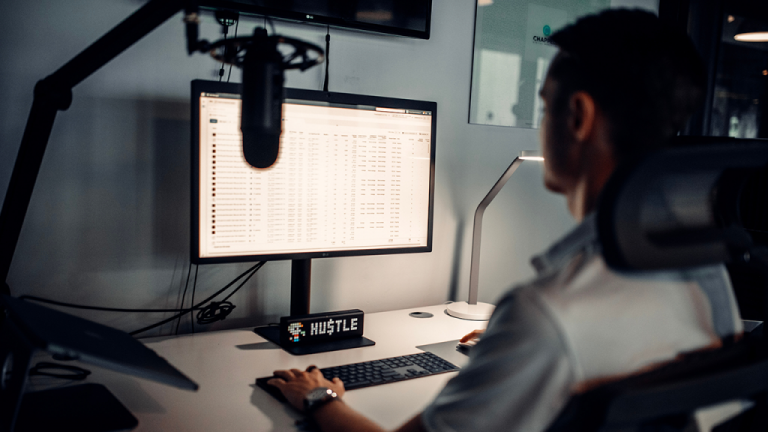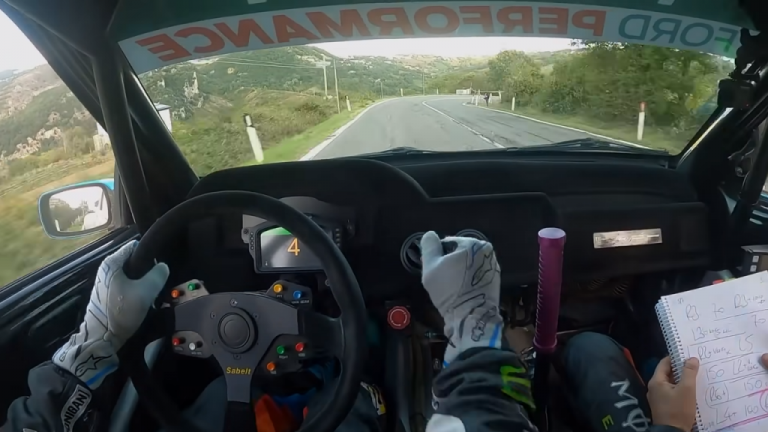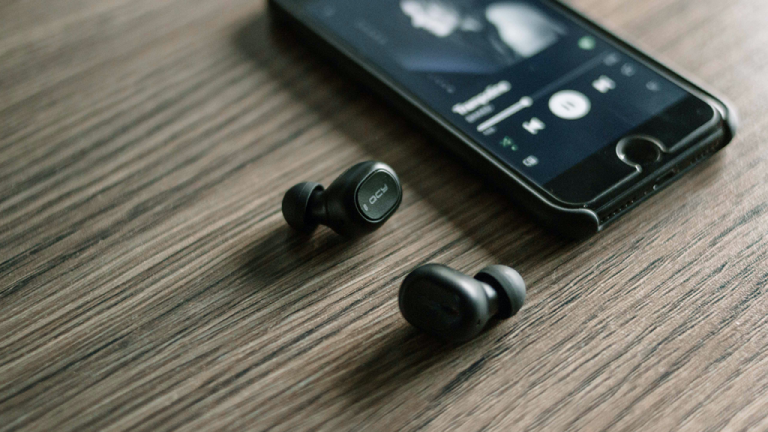
Productivity 101: Flow States and How To Get Into Them
Class is in session! In this first instalment, let’s talk pre-work routines, hyper-work, and how flow states will transform how you approach work on a daily basis, whether that’s in the office, or at your desk at home.
JOHN NICHOLS
JANUARY 15, 2021
Productivity is a series where I’ll go into all the tips, tricks and knowledge I’ve learned to make the absolute most of your time spent working – so you have more time for the fun stuff!
Do you ever get those days when you sit down to work and you’re absolutely killing it? You’re breezing through your tasks effortlessly, the day flashes by and you feel as if there’s nothing that can stop you.
Then the next day, you can barely put a coherent sentence together, eight hours feels like eighty, and you fall way behind.
What if there was a way to eliminate the bad days and get into this hyper-focused work mode every single time? Sounds impossible, right? No!

In positive psychology, these are called “flow states” – when you’re fully engrossed and tuned-in to the task at hand. Hunger disappears, tiredness fades – you’re in the zone.
Flow states don’t have to be a mystery. In fact, you can replicate them every single day. Here’s my 5-step flow state routine that I use every day.
Step 1: Shower
Nobody rolls out of bed into a flow state. Your brain needs to warm-up first.
Taking a relaxing shower is like turning the ignition key in your brain. Focus on the water and the warmth, forget your stresses and let your mind drift. Take your time, and only end your shower when you’re fully relaxed.
This is the perfect primer, now to build on it.
Step 2: Drink
No, not a pint.
Your brain needs fuel to amp up your energy levels and help you focus. Whether it’s water, coffee or something more novel like an energy formula or focus supplement, give your brain the fuel it needs to get into gear.

Step 3: Feed Your Brain
This is different for each of us. Do something that lets your brain escape reality into a different world. That presses the accelerator on the ideas machine in your mind.
For me, this is often podcasts – in particular, those that challenge my thinking and how I perceive the world. HODINKEE Radio and At a Distance are my favourites.
Alternatively, step into the shoes of others. Read a good book, or look up a fascinating person. Let your mind step into someone else’s shoes.
Or, and this is often the most powerful, watch someone else’s passion. Passion creates flow, so use someone else’s to kick-start yours.

Step 4: Breathe
Sit up straight at your desk, close your eyes and take deep, purposeful breaths. Let your mind roam. Feel the air filling your lungs and your chest rising. Focus on how it feels.
Taking 15-30 seconds to breathe and let your mind wander as you settle in is an incredibly powerful way to thrust your flow state into high gear.

Step 5: Listen
Eliminate distractions with music. I use three specific playlists; from Chillhop, Thomas Frank and Epic Mountain.
Use noise-cancelling headphones if you can for an extra focus boost.
When I’m in the office and need to be present, I use a single earbud. Some music to help set your mind is better than none at all.

Now, you should be in top gear, ready to crush your work.
Additional Thoughts
Your environment can have a huge effect on your ability to get into flow. Don’t mix environments for work (such as your desk) and environments for leisure (such as your couch) as you’re only harming both.
There’s other triggers for flow, such as tight deadlines and situations where failure carries a heavy burden. Avoid these triggers where you can, as the panic and stress created rarely results in your best work, but if it’s unavoidable, use the above steps to stay in control.
For further reading, Tim Denning and Benjamin Hardy both have excellent blog posts on their approach to flow states that are short, snappy, inspirational and motivational.
Final Thoughts
Flow states are available to all of us, and they’re the most powerful asset we have.
Use these five steps as a base to build your own flow state generator.
Supercharge your mind, and make every hour a productive one.
Let’s get to work.
Published January 15, 2021. Cover photo by Pontus Wellgraf on Unsplash.
